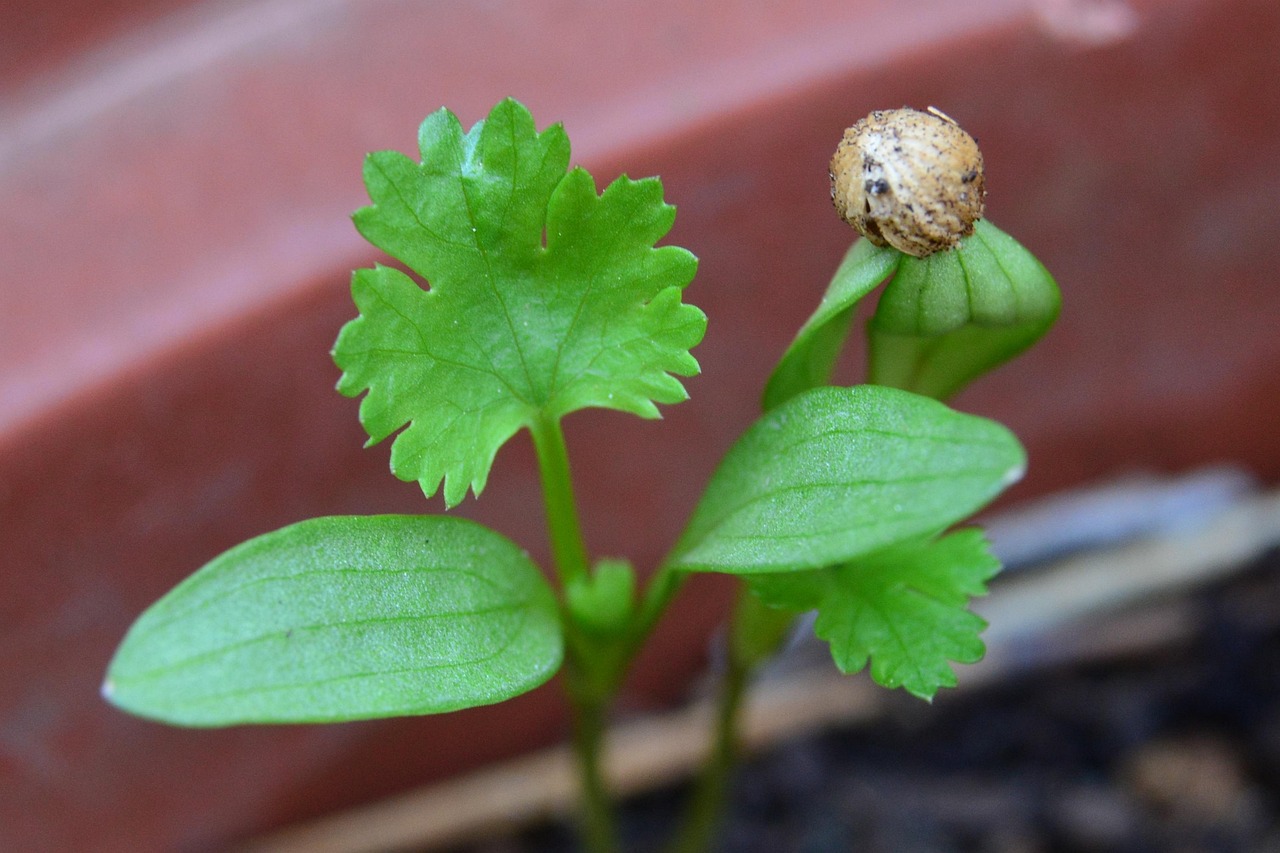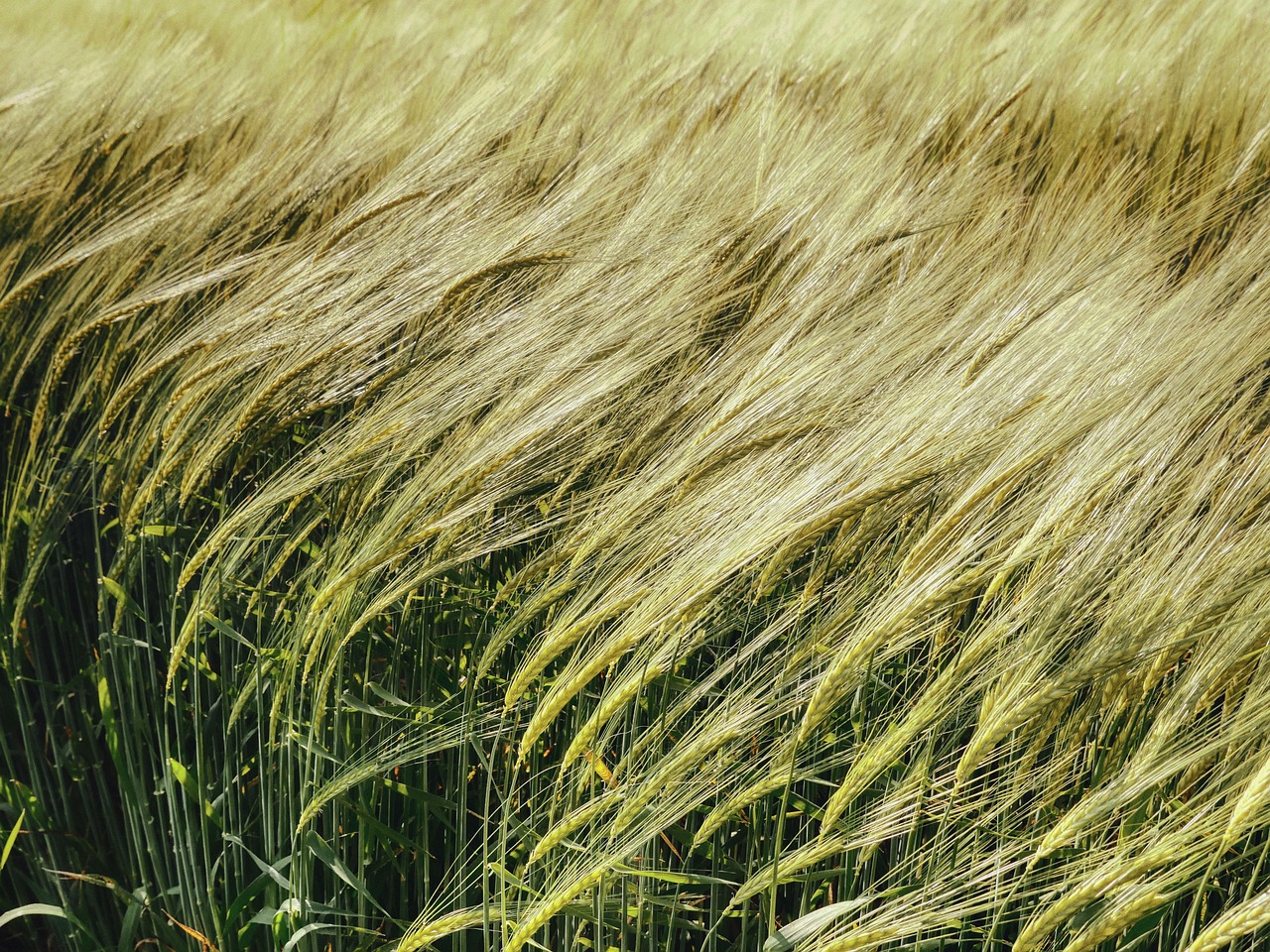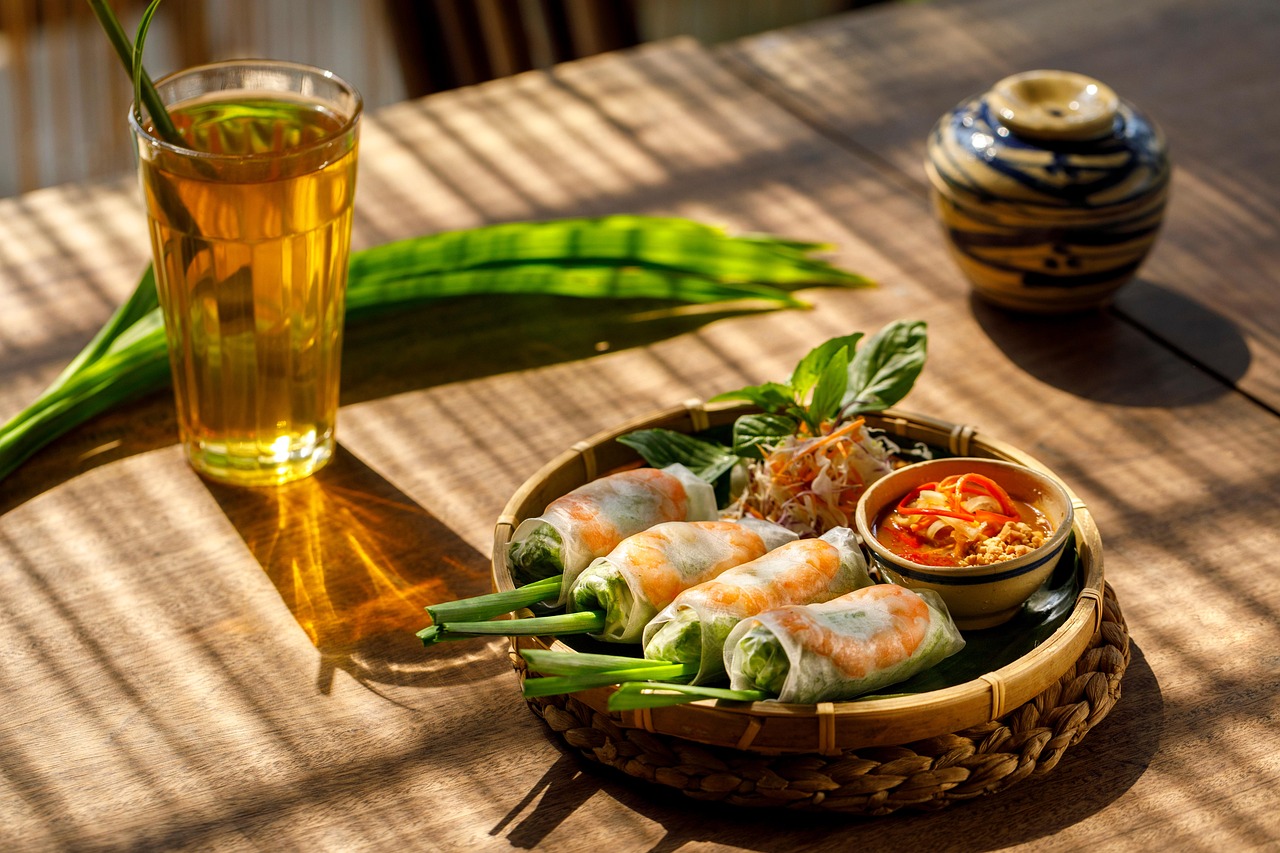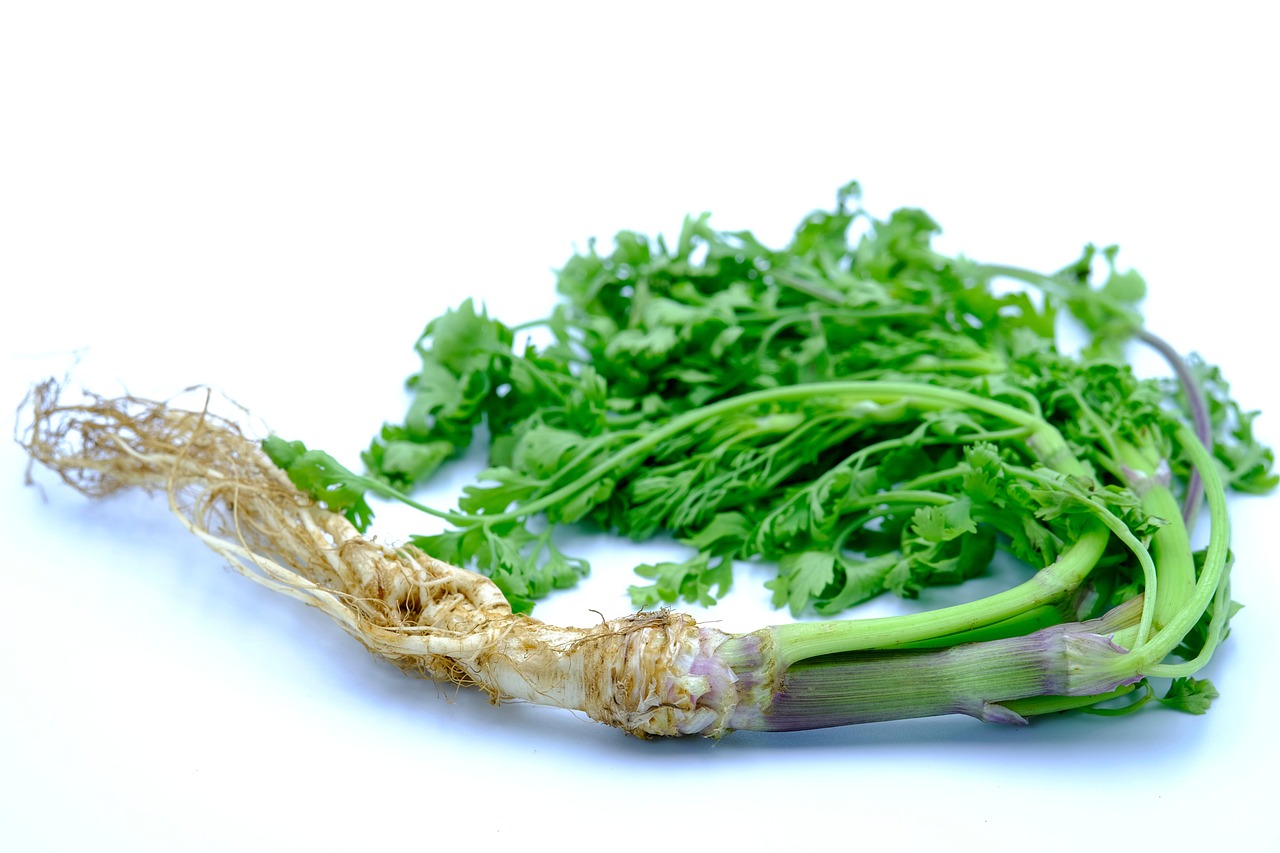To grow Vietnamese coriander successfully, choose a warm, humid environment with partial shade. Use well-draining soil and ensure regular watering to keep the soil moist but not soggy. Fertilize every few weeks with a balanced fertilizer for optimal growth. Harvest leaves selectively to encourage bushier growth.
Introduction to Vietnamese Coriander

Vietnamese coriander, known scientifically as Persicaria odorata, is a popular herb in Southeast Asian cuisine. It boasts a unique flavor profile that combines the earthy notes of cilantro with a hint of spice. This herb is not only valued for its culinary uses but also for its health benefits, making it a desirable addition to any garden.
Growing Vietnamese coriander can be an enriching experience, especially for those who enjoy cooking with fresh herbs. Unlike traditional coriander, which can sometimes be tricky to grow, Vietnamese coriander is more resilient and adaptable. Its ability to thrive in various conditions makes it suitable for both indoor and outdoor gardens.
Before diving into the cultivation process, it’s essential to understand the requirements for growing this herb successfully. Proper knowledge about its growing conditions, care, and harvesting techniques will lead to a bountiful supply of delicious leaves. Below are some key factors to consider when growing Vietnamese coriander.
| Factor | Details |
|---|---|
| Light | Partial shade to full sun |
| Soil Type | Well-draining soil rich in organic matter |
| Watering | Keep soil moist but not waterlogged |
| Temperature | Thrives in warm temperatures (around 70-90°F) |
Choosing the Right Location
When selecting a location for your Vietnamese coriander, consider the climate and the amount of sunlight available. This herb enjoys warmth and humidity, making it an excellent candidate for tropical or subtropical climates. In cooler regions, growing it indoors or in a greenhouse can yield positive results.
Ideally, Vietnamese coriander should be planted in an area that receives partial shade. Too much direct sunlight can cause the leaves to scorch, while too little light may hinder growth. If you’re planting in pots, you can easily move them around to find the perfect balance of light and shade.
Soil Preparation
Preparing the soil is a crucial step in the growing process. Vietnamese coriander prefers well-draining soil rich in organic matter. You can achieve this by mixing equal parts of potting soil, compost, and perlite or sand to improve drainage. This combination helps retain moisture while preventing root rot.
Before planting, ensure the soil is loose and aerated. Testing the pH level can also be beneficial. Vietnamese coriander thrives in slightly acidic to neutral soil (pH level of around 6.0 to 7.0). Amending the soil with organic fertilizers can boost nutrient content, further promoting healthy growth.
By taking these initial steps seriously, you set a solid foundation for a productive Vietnamese coriander harvest. The following sections will delve deeper into planting techniques, care tips, and harvesting methods to maximize your herb yield.
Planting Vietnamese Coriander
Once you have prepared your soil, the next step is planting Vietnamese coriander. This herb can be grown from seeds or cuttings, each method offering unique advantages. Understanding how to properly plant these will contribute to a healthy and thriving crop.
Starting from Seeds
Growing Vietnamese coriander from seeds can be rewarding, although it may require a bit of patience. Seeds take longer to germinate compared to cuttings. Here are the steps to follow:
- Soak the Seeds: Before planting, soak the seeds in water for 24 hours. This helps to soften the seed coat and can speed up germination.
- Planting Depth: Plant the seeds about ¼ inch deep in the prepared soil. Space them around 6 inches apart to allow for growth.
- Watering: After planting, gently water the area to keep the soil moist, but avoid overwatering. Consistent moisture is key during germination.
- Temperature: Ensure the seeds are kept in a warm environment, ideally between 70°F and 85°F, for optimal germination.
Using Cuttings
If you already have Vietnamese coriander plants, using cuttings is a quicker way to propagate. Follow these steps for successful rooting:
- Select Healthy Stems: Choose stems that are healthy and at least 4-6 inches long. Aim for stems that have several leaves.
- Trim and Prepare: Trim the bottom of the stem at an angle. Remove any leaves from the lower part to prevent rot when planted.
- Rooting Hormone (Optional): Dip the cut end in rooting hormone to promote faster root development, though this step is not always necessary.
- Planting: Place the cutting into the prepared soil, ensuring it is buried about 2 inches deep. Water gently after planting.
Caring for Your Vietnamese Coriander
Proper care is essential for the healthy growth of Vietnamese coriander. Regular maintenance will help ensure that your plants thrive and produce flavorful leaves.
Watering Needs
Vietnamese coriander prefers consistently moist soil. However, it is crucial to avoid waterlogging, as this can lead to root rot. Here are some watering tips:
- Frequency: Water your plants regularly, especially during dry spells. Check the top inch of soil; if it feels dry, it’s time to water.
- Mulching: Adding a layer of mulch around the plants can help retain moisture and regulate soil temperature.
- Avoid Overhead Watering: Water at the base of the plant to minimize leaf wetness, which can encourage fungal diseases.
Nutrient Requirements
Nutrient management plays a vital role in growing robust Vietnamese coriander. Fertilization will support healthy leaf production and overall plant vigor.
- Organic Fertilizers: Use organic fertilizers like compost or well-rotted manure every few weeks during the growing season.
- Balanced Fertilizer: A balanced fertilizer with equal parts nitrogen, phosphorus, and potassium can be applied at half-strength once a month.
- Avoid Over-Fertilization: Too much fertilizer can lead to excessive leaf growth at the expense of flavor.
Pest and Disease Management

Your Vietnamese coriander may face certain pests and diseases as it grows. Being proactive can help manage these issues effectively.
Common Pests
- Aphids: Small insects that can cluster on leaves. Use insecticidal soap or neem oil to control them.
- Spider Mites: These tiny pests thrive in dry conditions. Increase humidity or use a fine mist to deter them.
- Whiteflies: Look for small white moths on the undersides of leaves. Yellow sticky traps can help manage their population.
Diseases to Watch For
- Powdery Mildew: A fungal disease that appears as a white coating on leaves. Ensure good air circulation and avoid overhead watering.
- Root Rot: Caused by overwatering or poorly draining soil. Ensure your soil mix is well-draining and adjust watering habits accordingly.
Taking these steps will help ensure that your Vietnamese coriander grows vigorously and produces an abundant harvest of flavorful leaves ready for culinary use.

Harvesting Vietnamese Coriander
Harvesting Vietnamese coriander at the right time is crucial for maximizing flavor and ensuring healthy growth. Knowing when and how to harvest will help you enjoy this herb’s unique taste while promoting bushier growth for future yields.
When to Harvest
Vietnamese coriander can be harvested once the plants are established and have grown several sets of leaves. Here are some key indicators to determine the best time to harvest:
- Leaf Size: Wait until the leaves are at least 4-6 inches long. This size indicates that the plant is mature enough for harvesting.
- Time of Year: The optimal harvesting period usually occurs during the growing season, which spans from spring to early fall, depending on your climate.
- Flavor Check: Taste a leaf to check for flavor intensity. If the leaves are flavorful, it is the right time to harvest.
Harvesting Techniques
Proper harvesting techniques can help ensure that your Vietnamese coriander continues to thrive after each cut. Here are some recommended methods:
- Selective Harvesting: Instead of cutting the entire plant, pick individual leaves or sprigs as needed. This method encourages bushier growth and prolongs the plant’s life.
- Use Sharp Scissors: Always use clean, sharp scissors or garden shears to make clean cuts. This reduces stress on the plant and minimizes the risk of disease.
- Leave Some Leaves: When harvesting, make sure to leave enough foliage (about one-third of the plant) to allow for continued growth.
Storing Vietnamese Coriander
Proper storage techniques are essential for preserving the freshness and flavor of Vietnamese coriander after harvest. Here are some effective methods:
Refrigeration
The most common way to store fresh Vietnamese coriander is in the refrigerator. Follow these steps:
- Wrap in Damp Paper Towel: Place the harvested leaves in a damp paper towel and wrap them gently. This will help maintain moisture while preventing wilting.
- Store in a Plastic Bag: Place the wrapped coriander inside a breathable plastic bag. Ensure the bag is not tightly sealed to allow air circulation.
- Use Within a Week: For optimal flavor and freshness, use stored coriander within one week.
Freezing
If you have a larger harvest, freezing is an excellent option for long-term storage. Here’s how to do it:
- Wash and Dry: Rinse the leaves thoroughly under cold water, then dry them completely using a salad spinner or by patting them with a clean towel.
- Chop (Optional): You can chop the leaves into smaller pieces if you prefer, but this step is optional.
- Place in Freezer Bags: Transfer the leaves into freezer-safe bags, removing as much air as possible before sealing. Label the bags with the date.
- Use as Needed: Frozen Vietnamese coriander can be added directly to dishes while cooking without thawing.
Culinary Uses of Vietnamese Coriander

Vietnamese coriander is not only easy to grow but also versatile in the kitchen. Its unique flavor adds depth to various dishes, making it a favorite among chefs and home cooks alike.
Popular Dishes
- Salads: Fresh Vietnamese coriander enhances salads with its zesty taste. It pairs well with other herbs and greens.
- Soups: Add chopped coriander to soups for a burst of flavor. It works well in both clear broths and creamy soups.
- Dips and Sauces: Incorporate the leaves into dips or sauces like nuoc cham, a traditional Vietnamese dipping sauce.
Flavor Pairings
This herb pairs well with various ingredients, enhancing both flavor and nutrition. Consider these pairings in your culinary creations:
- Cilantro: Together, these herbs create a complex flavor profile that complements many Asian dishes.
- Lemongrass: The citrus notes of lemongrass combined with Vietnamese coriander create refreshing dishes.
- Shrimp and Fish: The herb’s bold flavor balances well with seafood, enhancing dishes like grilled shrimp or fish stew.
By understanding how to harvest, store, and utilize Vietnamese coriander, you can maximize both your gardening efforts and culinary experiences. These practices will ensure that your herb garden remains productive throughout the growing season, providing delicious ingredients for your kitchen.
Additional Tips for Successful Cultivation
To ensure your Vietnamese coriander thrives, it is beneficial to integrate some additional cultivation tips into your gardening routine. These tips can enhance growth, improve flavor, and protect your plants from common issues.
Companion Planting
Companion planting involves growing different plants close to each other for mutual benefits. When it comes to Vietnamese coriander, consider pairing it with:
- Basil: Both herbs thrive in similar conditions and can enhance each other’s growth.
- Mint: This combination can deter pests and attract beneficial insects.
- Chili Peppers: The heat from chili peppers complements the flavor of Vietnamese coriander, creating a harmonious garden environment.
Regular Pruning
Regular pruning is essential to maintain the health and productivity of your Vietnamese coriander. Here are some pruning tips:
- Remove Flowers: If your plants start to flower, pinch off the blossoms. Flowering can lead to a decrease in leaf production and intensity of flavor.
- Trim Leggy Growth: If the plants become leggy, cut back on longer stems to encourage bushier growth.
- Promote New Growth: Regularly harvesting leaves encourages new growth and ensures a continuous supply of fresh herbs.
Seasonal Care Adjustments
Your care for Vietnamese coriander may need to change with the seasons. Here are some adjustments to consider:
- Summer Care: During hot months, ensure adequate moisture and consider providing shade during peak sun hours.
- Winter Preparation: If growing in colder climates, consider bringing pots indoors or covering outdoor plants to protect them from frost.
Final Thoughts
Growing Vietnamese coriander can be a rewarding experience, yielding not only a flavorful herb but also contributing to a vibrant garden ecosystem. By following the guidelines outlined in this article, you can cultivate this unique herb successfully. From selecting the right location and preparing the soil to understanding proper harvesting and storage techniques, each step plays a crucial role in achieving a bountiful harvest.
Remember to embrace the culinary potential of Vietnamese coriander, incorporating it into various dishes to enhance flavors with its distinctive taste. With its versatility and resilience, this herb can thrive in diverse environments, making it an excellent choice for both novice and experienced gardeners alike.
Ultimately, cultivating Vietnamese coriander is about enjoying the journey of gardening and cooking. With patience and care, you will be rewarded with a flourishing herb garden that brings joy to your kitchen and enhances your culinary adventures.
